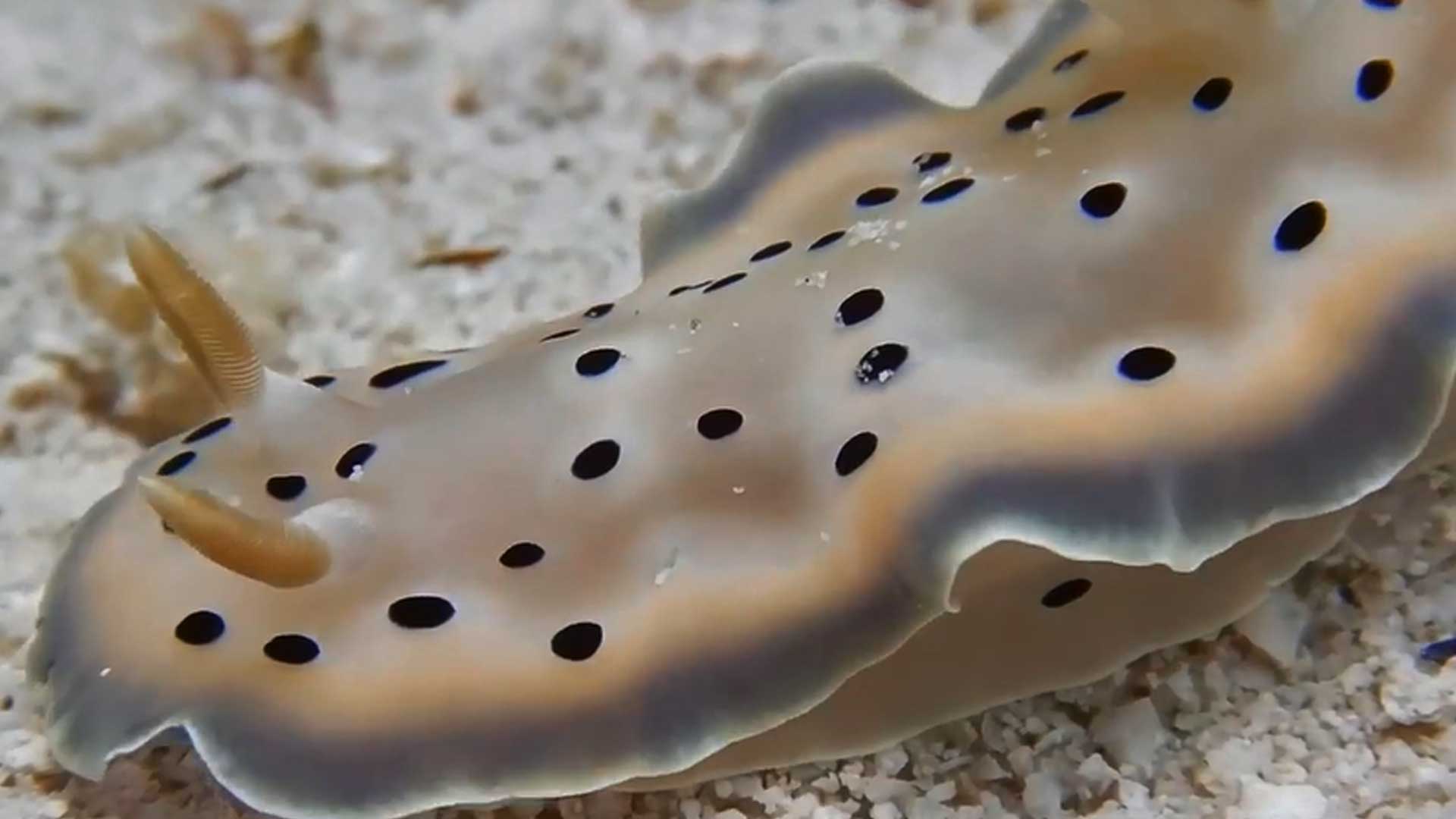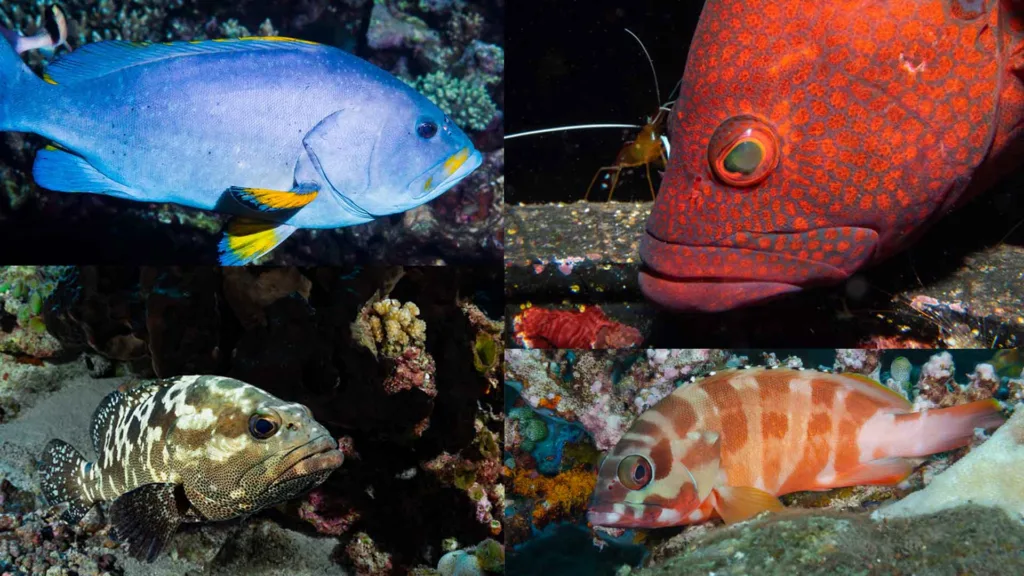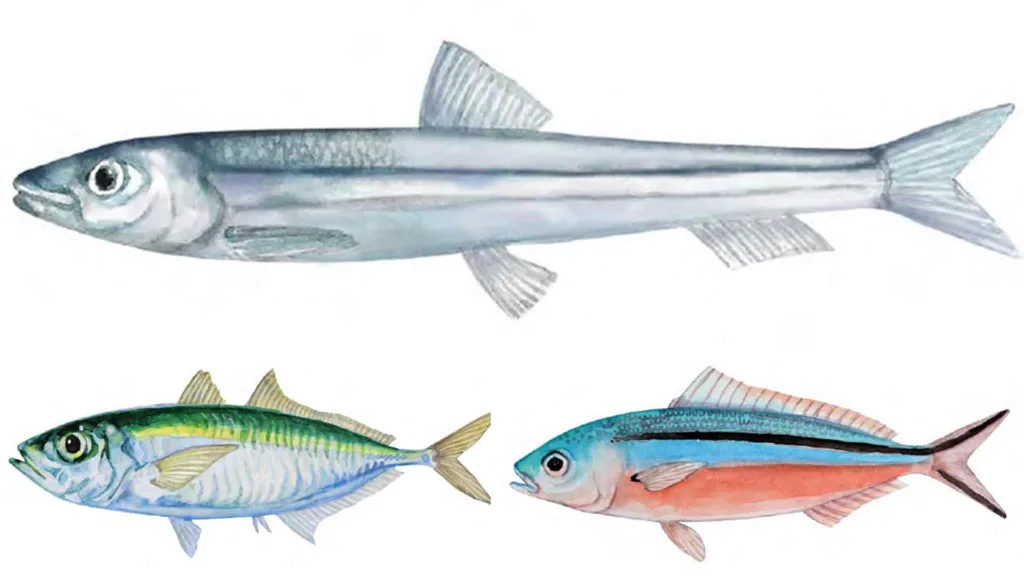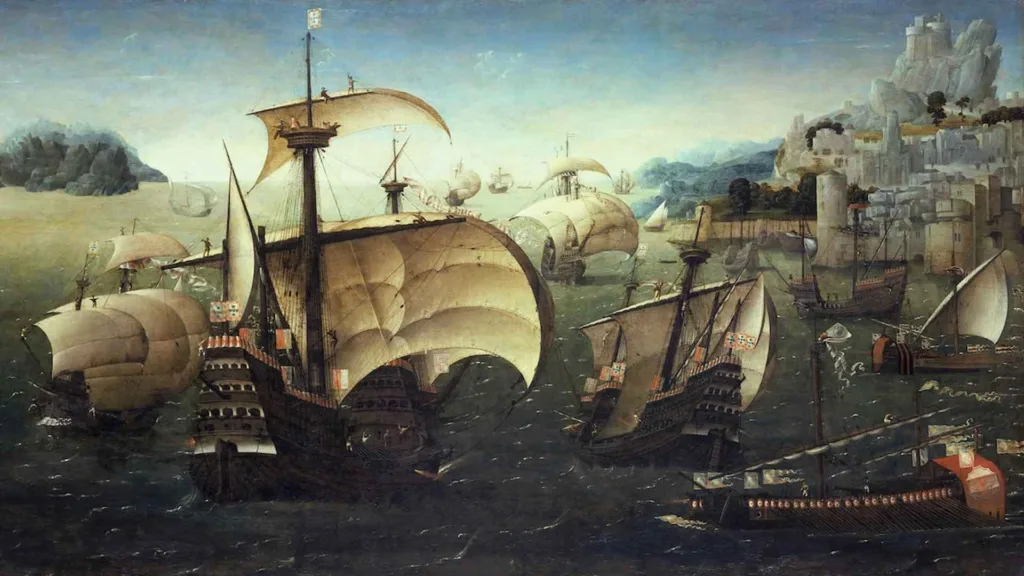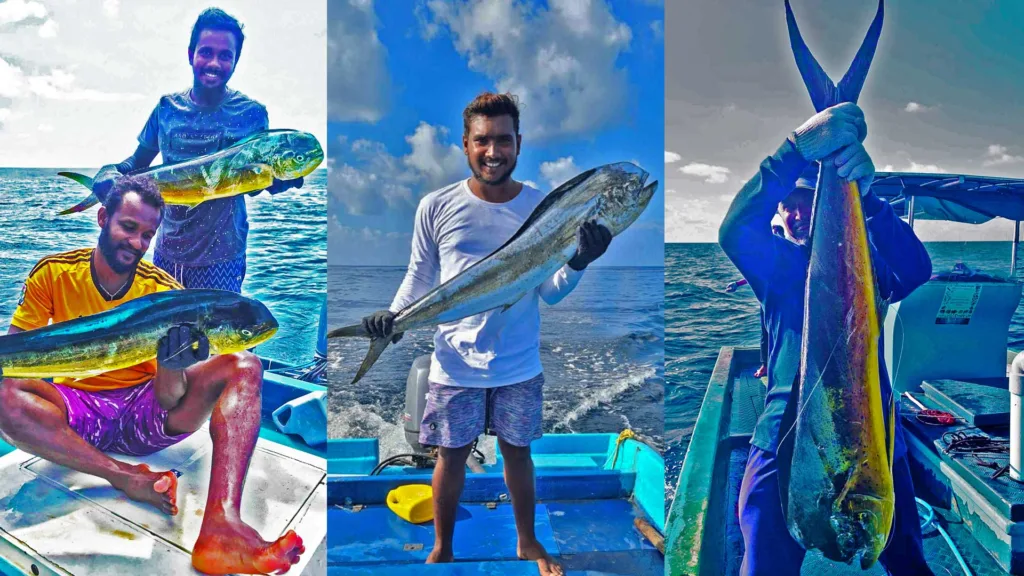
Common Name: Nudibranchs
Scientific Name: Nudibranchia
Type: Invertebrates
Diet: Carnivore
Average Life SpaN: Up to 1 years
Size: 0.25 to 12 inches
Weight: Up to 3.3 pounds
Unimaginable things and invisible forces occur among the species that God created in the natural world. World wonders can be found on land and in the ocean. The ocean is an enormous, amazing place where many extraordinary things happen that we are unaware of.
I was astounded by the sea slug’s brilliant colour and striking physical attributes while browsing my friend Abdulla Sivad’s amazing underwater videos and pictures. Furthermore, while doing some research on this creature, I discovered that it steals venom from others.
Let’s first figure out what kind of species it is before talking about its amazing skills and what scientists have learnt about them. These are marine molluscs without shells. The outer gills on their bodies are referred to as “naked gills” (Osterloff, n.d.).
They are also known as ‘dragon’ and ‘clown’. These are gastropods. They come in a variety of vibrant and distinctive colours, including bright purples, vivid blues, and fluorescent oranges.
Cnidarians, or invertebrate animals like jellyfish, produce venom. These stinging, poisonous cells are known as nematocysts. This is one of the most effective defences unleashed by ocean creatures, though the venoms are produced by jellyfish, small marine parasites, and sea anemones.
They are coated with chitin, a glucose derivative, in their digestive systems. The front portion of the digestive system contains this. This coating deflects the venom when the slug is attacked. If there is any damage, it is quickly repaired.
Deflecting the blow, the nudibranch keeps consuming the prey (like jellyfish or sea anemone). The slug takes the venom from its prey and keeps it for itself while it feeds on it. Its cerata, which resemble tentacles, contain this recycled venom. The nudibranchs will retaliate with venom if they are threatened or attacked.
These sea slugs’ appearance is determined by what they eat. Their bright colours and intricate designs are captivating. Their sensing organs, called rhinophores, aid in their navigation through the deep. Their diet comprises corals, anemones, hydroids, bryozoans, tunicates, algae, and other nudibranchs (McDonald, Nybakken, 1997).
For macro enthusiasts, the Maldives is a paradise for viewing these amazing animals with their opulent colours and patterns. Nudibranch.org features stunning images of these organisms that inhabit the Maldivian ocean.
